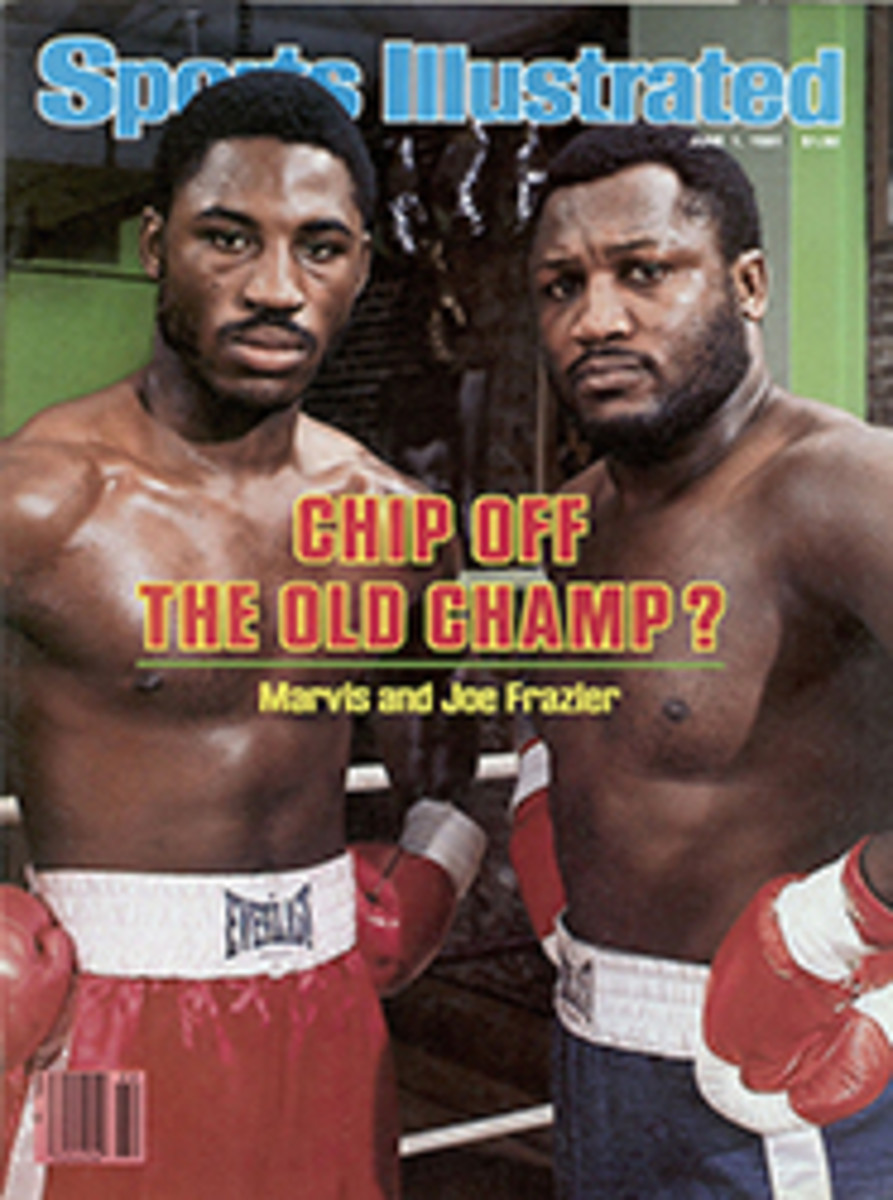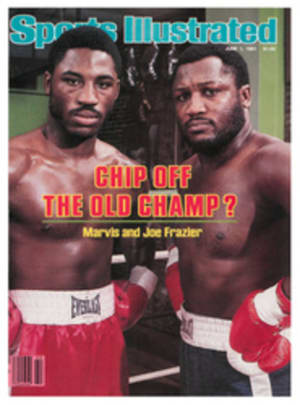
DURING THE BROTHERHOOD REVOLT THE MOOD IN BASEBALL WASN'T FRATERNAL
Not one fan in a thousand, I'd bet, has heard of baseball's Brotherhood War of 1890, and the vast majority of today's players, agents and club officials don't know anything about it, either. Yet out of this rebellion by the best baseball players of the era came attitudes that determined how team spectator sports would develop over the ensuing 50 years.
If you think that public resentment of highly paid athletes and the feeling that sports are becoming too commercialized are new phenomena, consider the following quote: "There was a time when the League stood for integrity and fair dealing. Today it stands for dollars and cents. Once it looked to the elevation of the game and an honest exhibition of the sport; today its eyes are on the turnstile. Men have come into the business for no other motive than to exploit it for every dollar in sight."
That 91-year-old statement is from a manifesto issued after the 1889 season by the Brotherhood of Ball Players, an organization to which most big leaguers belonged. The manifesto was intended to justify the players' plans to form a league of their own, beginning in 1890, an action considered more drastic than calling a strike—which was, itself, a pretty extreme idea a century ago.
In the 1880s, baseball was the only major professional sport in America, and there were two leagues. The National, founded in 1876, was older, stronger and charged more for tickets. The American Association, formed in 1881, was the equal of the National League on two counts: There was a mutual agreement to respect each club's exclusive right to the players on its reserve list and to share the proceeds from an early version of the World Series played each autumn between the pennant winners.
The Brotherhood began in 1885 as a benevolent association concerned with helping players in trouble and improving relations between management and players. When club owners tried, in 1888, to impose a stiff set of salary limits upon the players, the Brotherhood provided a base for player resistance. Its leader, chosen by the players, was John Montgomery Ward, star shortstop of the New York Giants, the National League champions in 1888, and one of the few players who had attended, and graduated college. After that season Ward and many other top players were taken on an around-the-world exhibition tour by the Chicago club's president, Albert Spalding, a former pitcher for the White Stockings and the owner most trusted by the players. But in a calculated move—that Spalding was well aware would take place—while the group was away, the National League enacted the pay-cutting "Brush Classification Plan," which fixed salaries at five different levels, with the best players, Grade A, receiving $2,500 a year.
When Ward and the other players returned from their tour and heard about the new pay scales, they were dismayed. Some even talked of staging a strike on July 4. But most players were wary of striking. Nearly all of them had signed contracts for the coming season, and they feared a loss of public support if they went out. Instead, the Brotherhood established a grievance committee and tried to negotiate with the National League. The negotiations were unsuccessful, and strike talk began again. But Ward thought he had a better idea—a new league. After the 1889 season he and the other Brotherhood leaders began lining up investors for the league, a cooperative venture in which players would share in both the management responsibilities and the profits.
One of the investors sympathetic to Ward's plan was Albert L. Johnson, a wealthy businessman. Johnson loved baseball and he believed that the owners were taking advantage of the players. He also owned a substantial number of streetcar lines around Cleveland, and he saw that an interest in a ball park there could be a profitable enterprise and might be fun, too. So Johnson spent a fair amount of his own time and money traveling to other cities to help get the new league organized.
Keeping their plans secret with remarkable effectiveness, backers were found for eight new teams, and then word of the infant league began to get out.
THE BALL PLAYERS' REVOLT cried a streamer in The New York Times of Sept. 23. "To Cast Off the Yoke of the League Bosses," said the subhead.
The next day's Times began a follow-up story this way: "From present appearances the Player's League baseball players intend to formulate their scheme of working on the cooperative plan and pocketing their earnings instead of allowing them to drop into the coffers of rich corporations."
That was the plan exactly, and at first it worked.
Approximately two-thirds of the National League's 100 or so players signed with the Players' League—or Brotherhood League, as it was also known—along with about 30 from the American Association. At least 14 stars now enshrined in the Hall of Fame made the switch, including Ward, Buck Ewing and King Kelly. As soon as the new league's playing sites for the 1890 season were announced, it was clear that the Players' League and the National League would clash head on. The Brotherhood not only had teams in seven of the eight National League cities, but games also were scheduled for the same dates and times, forcing spectators to choose between the two. Conflict with the American Association was minimal, because common teams were located only in Philadelphia and New York, where the Association had a Brooklyn-Baltimore entry.
So the 1890 season was played with three leagues and bad feelings all around. The Players' League was acknowledged to have the most talent, but its attendance was poor. So were the crowds in the established leagues, as fans grew disgusted with the name calling and the continuous legal and political wrangling. Despite the concern of the backers over mounting losses, the Brotherhood stuck it out by pooling its money. By the end of the season the National League was in bad shape, but the Brotherhood didn't realize how serious its rivals' troubles were. Alarmed by its own losses and the wavering of its backers, it pressed for consolidation with the National League. In the forthcoming negotiations the Brotherhood was outmaneuvered by Spalding, who boldly called for unconditional surrender from the players. He got it.
The star players returned to the National League, which then proceeded to destroy the remains of the American Association, and by 1892 there was only one 12-team league, a monopoly that ended nine years later when the American League was founded.
The mutual destructiveness of the Brotherhood War became the standard example cited to prove many points:
1) that the reserve system is "essential";
2) that unions have no place in sports;
3) that players can't stick together as businessmen while club owners can; and
4) that owning a ball club is a risky and only sometimes profitable enterprise. Many of those ideas still hold sway, although specific reference to the Brotherhood War has faded.
However, quite different conclusions could be drawn from the same incident. Some analysts contend: 1) an avoidable rebellion was provoked by already prosperous owners seeking excessive controls; 2) even in the robber-baron climate of 1889, the reserve system was onerous enough to unify players; 3) sensible scheduling, avoiding instead of creating conflicts, might have let everyone succeed; and 4) if the generally uneducated players of that day, with little professional guidance and no business experience, could put together a viable league, what might today's players and their advisers accomplish if they tried?
ILLUSTRATION
JOHN HUEHNERGARTH

